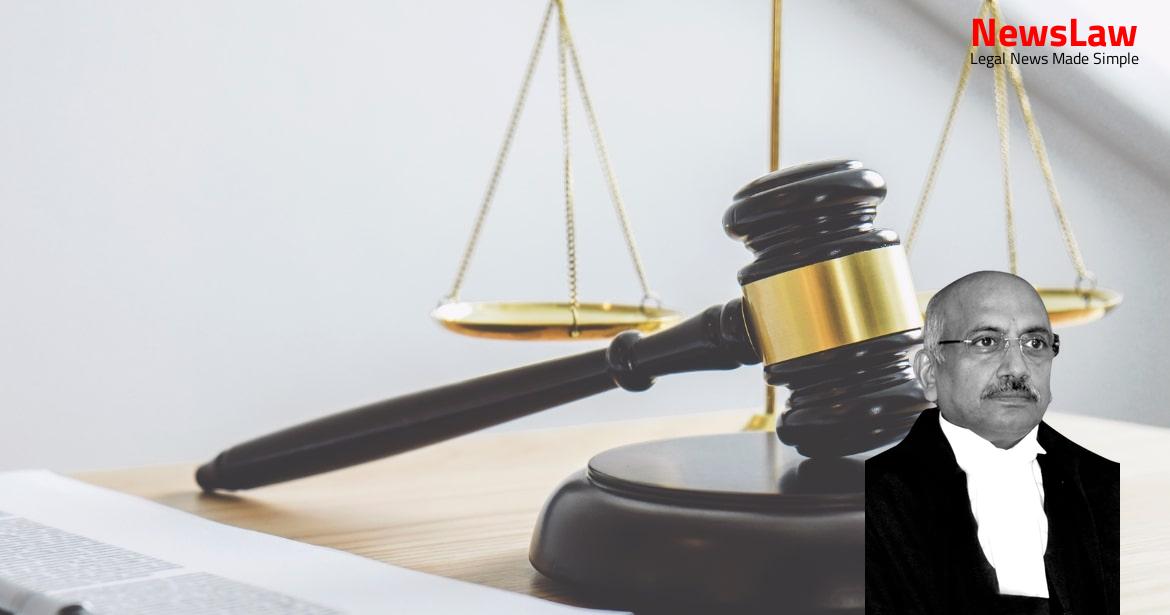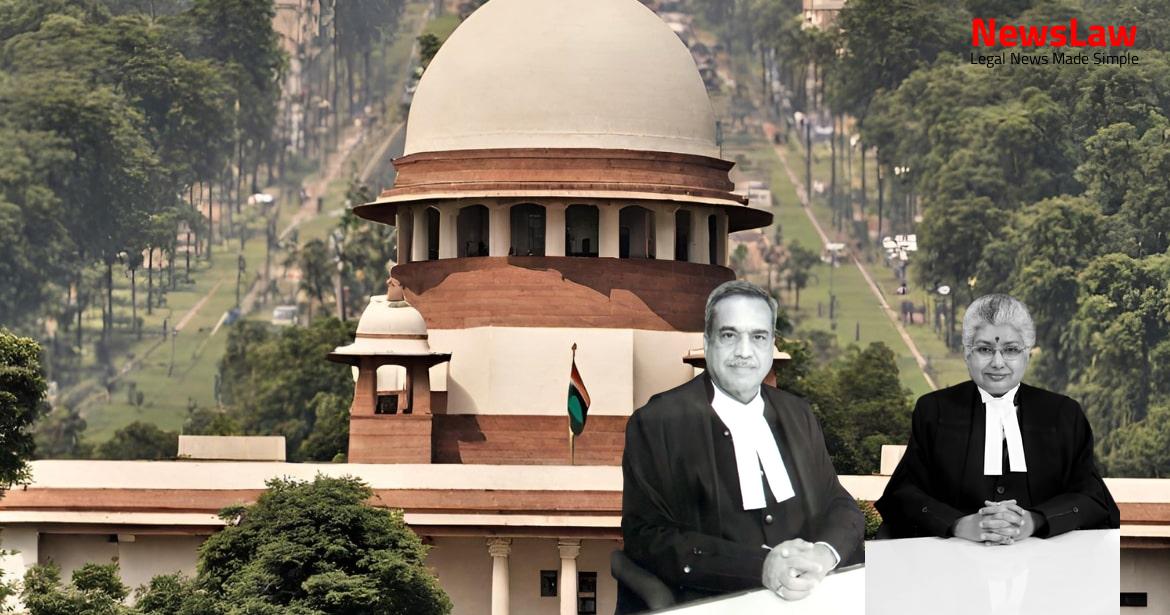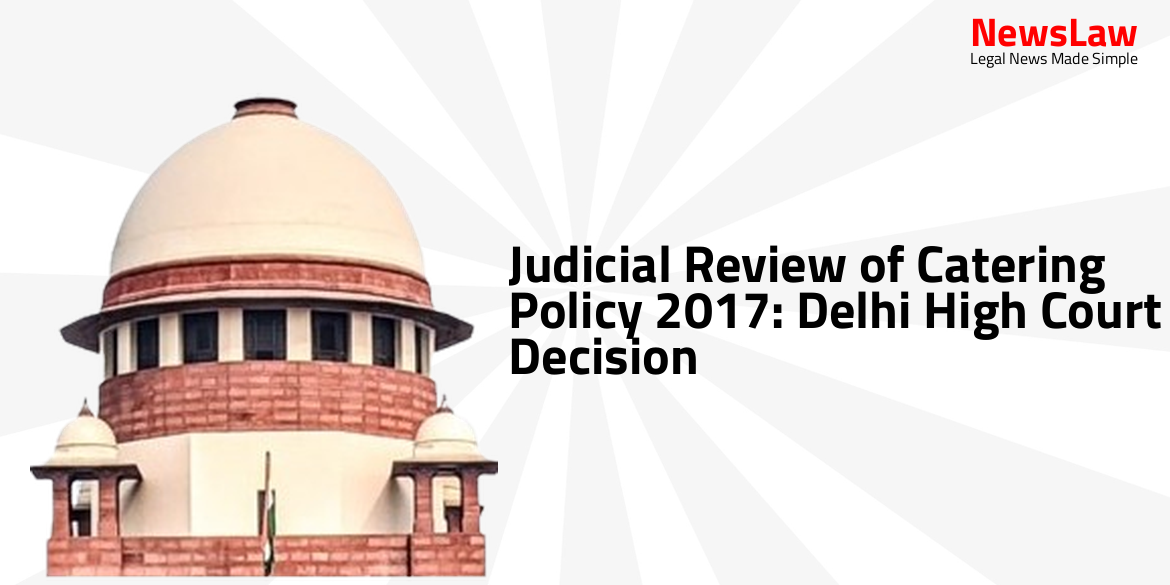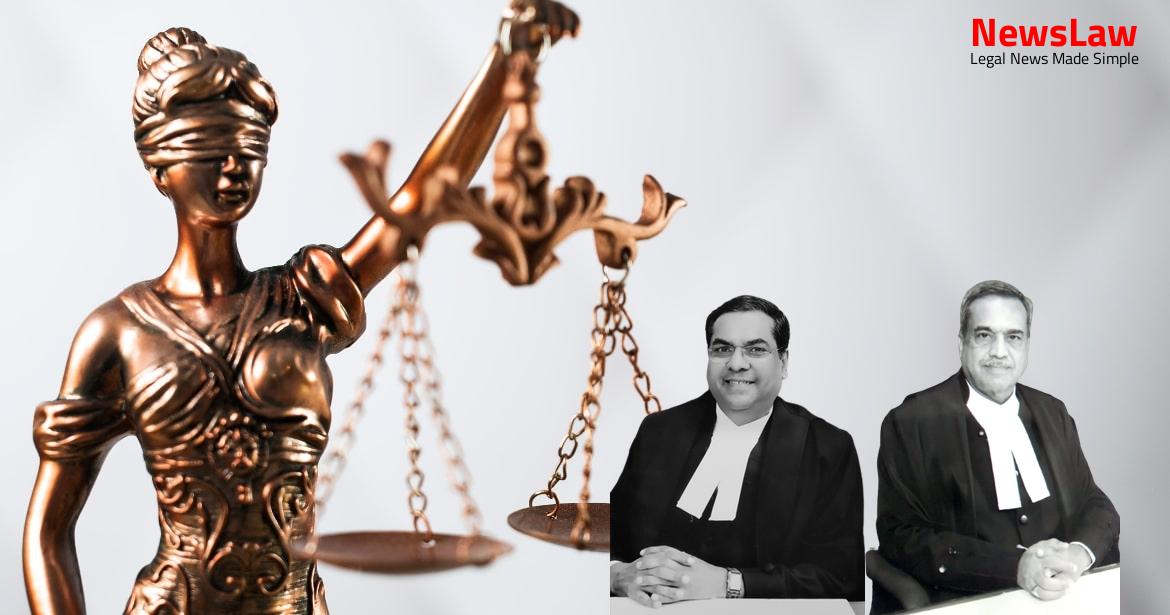In a recent legal case, the court examined the procedures followed by a secured creditor under the SARFAESI Act. The High Court’s decision to set aside the proceedings initiated by the creditor based on a technical defect in the demand notice was questioned. The court delved into the definition of ‘secured creditor’ as per the Act and emphasized the importance of substance over technicalities in debt recovery matters. Let’s explore the legal intricacies of the case and the reasoning behind the court’s decision.
Facts
- Instant appeal against judgment of High Court reversing finding of Debt Recovery Appellate Tribunal and upholding order of Debt Recovery Tribunal.
- Appellant is a Housing Finance Company under National Housing Bank Act, 1987, notified as a Financial Institution by the Central Government.
- Appellant falls within the definition of ‘secured creditor’ under SARFAESI Act and is entitled to enforce security interest.
- Section 2(zd) of SARFAESI Act defines ‘secured creditor’.
Also Read: Judicial Review of Answer Key in Teacher Selection Process
Analysis
- Definition of ‘secured creditor’ as per the Act is provided in detail
- Secured creditor includes banks, financial institutions, consortiums, debenture trustees, asset reconstruction companies, and other trustees holding securities on behalf of a bank or financial institution
- Secured creditor is someone holding a right, title, or interest in tangible or intangible assets as specified in the Act
- The Act specifies different scenarios in which an entity can be considered a secured creditor
- The appellant (secured creditor) took action in compliance with the SARFAESI Act after the respondents failed to discharge their liability.
- The trivial objection raised by the respondents regarding the name on the demand notice was found to be technical in nature.
- The High Court’s decision to set aside the proceedings initiated under the SARFAESI Act was based on a technical defect in the demand notice.
- The appellant had consistently used a common letterhead for all correspondence related to the loan with the respondents.
- The respondents were aware of the procedure followed by the appellant in correspondence and raised the technical objection only at a later stage to challenge the proceedings.
- The High Court’s reversal of the findings of the DRAT was deemed unjustified and lacked proper consideration of the material on record.
- Respondent’s counsel’s argument that notice under Section 13(2) was served by the wrong entity was dismissed as without substance.
- It was clarified that L&T Finance Ltd. and L&T Housing Finance Ltd. use a common letterhead and authorized signatory, causing a human error.
- No confusion or substantial prejudice was claimed by the respondents regarding the action initiated by the secured creditor.
- The High Court’s interference was deemed unwarranted as the technical objection did not affect the essence of the proceedings under SARFAESI Act.
- The judgment of the High Court was considered unsustainable and set aside due to lack of justification for challenging the secured creditor’s procedure.
Also Read: Jurisdiction and Substantial Questions of Law in Land Dispute Case
Decision
- No costs involved in this case
- Pending application(s) have been disposed of
- The appeal has been allowed and succeeded
- The impugned judgment from 27 June, 2019 by the High Court of Karnataka has been quashed and set aside
Also Read: Legal Analysis on Admission Denial and Seat Creation in Medical College Case
Case Title: M/S L AND T HOUSING FINANCE LIMITED Vs. M/S TRISHUL DEVELOPERS (2020 INSC 611)
Case Number: C.A. No.-003413-003413 / 2020



